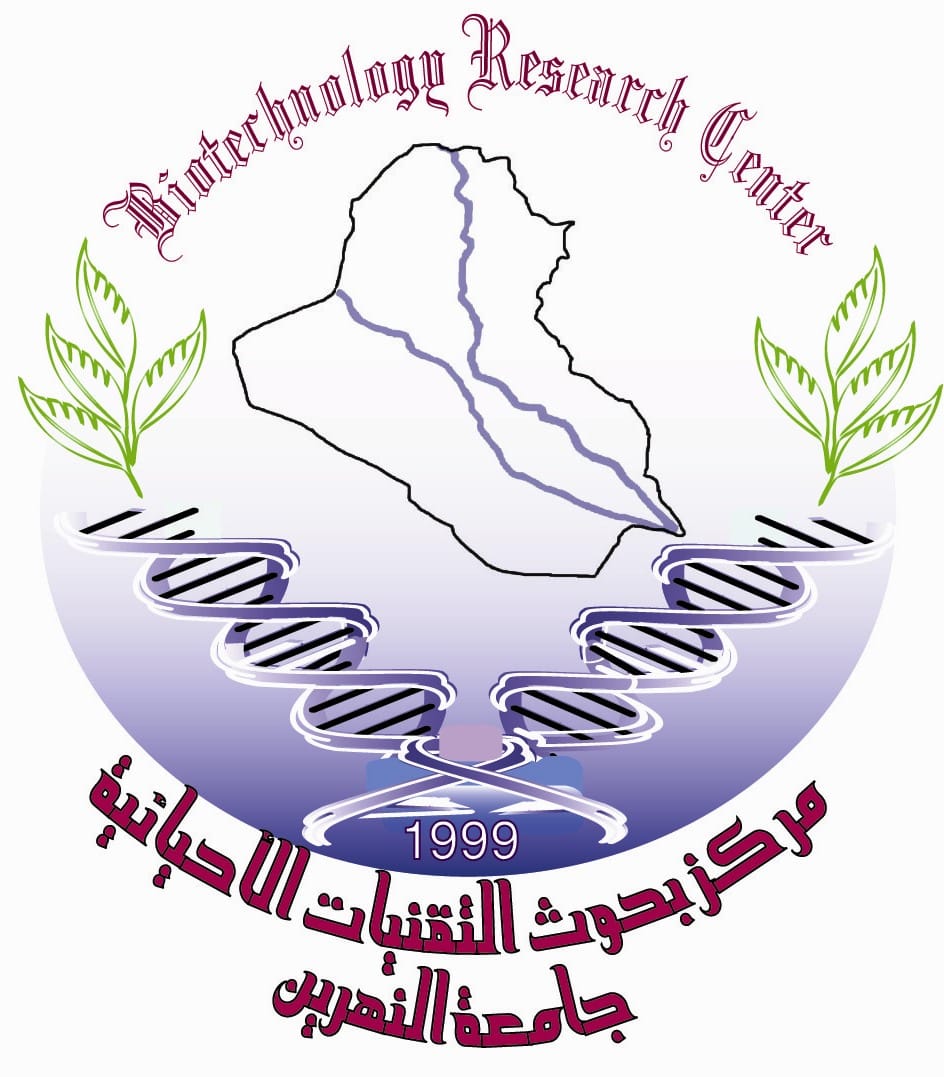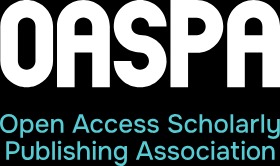Study genetic diversity between trichophyton rubrum isolates using ISSR and RAPD markers
DOI:
https://doi.org/10.24126/jobrc.2018.12.2.531Keywords:
Trichophyton rubrum, genetic diversity, ISSR, RAPDAbstract
The present study included detection of genetic variability, and identification of genetic relationship and finding a fingerprint of the ten clinical isolates related to Trichophyton rubrum using RAPD and ISSR markers. The experiment was carried out and the results performed using six primer of the RAPD markers these primers showed 239 amplified band , out of these band 90 of them was considered as a main band, and 149 was Polymorphic band , the largest number of bands was 30 in the isolate TR6 and less number of bands in the isolate TR7. The results clear the value of genetic diversity based on RAPD analysis the lowest value of genetic diversity (0.13005) between the isolate TR3 and TR9while the highest genetic diversity (0.55941) was between the isolates TR5 and TR8. The analysis of the relationship shows that there are three main groups: the first group include isolate TR8, while the second group included three isolates are isolate TR2, isolate TR10 and isolates TR3, The third group included three subgroups included the first isolate TR1,isolates TR4 and second isolate TR3 and isolate TR9 and the third included the isolate TR5 and isolates TR6.The results of ISSR experiments: the use six a primers in the of the ISSR showed 192 bands, in the isolate of Trichophyton rubrum, two of these primers showed monomorphic bands (in number and location) and six primers showed monomorphic and polymorphic bands, while one showed only polymorphic bands among Trichophyton rubrum isolates. And the largest number of bands was 24 in the TR5 and less number of bands 16 in isolate TR3 and isolate TR8 were finding DNA fingerprint to isolate TR1, isolate TR5, and isolate TR3. The ISSR markers showed lowest genetic polymorphism was (0.05561) between the isolates TR2 and isolate TR7 and the largest genetic distance was (0.40501) between the isolate TR4 and isolate TR8. The analysis of the relationship of genetic showed that there are three groups key first included isolates and only one isolate TR8 and the second involving isolates TR2 and isolate TR7, isolate TR4 and isolate TR3, while the group included three sub-groups, the first included isolate TR1 and isolate TR6, and the second involving isolate TR5, isolate TR10 and isolate TR9. The results confirmed the efficiency markers of the RAPD and ISSR in contrast, find a genetic fingerprint to the isolates of Trichophyton rubrum, and these markers differ in mechanical detection contrast, and coverage is Genome. Therefore Complementary to each other, although the ISSR markers were more efficient in terms of the number of binding sites in each type of the isolates of Trichophyton rubrum and so can the initiator of the discovery of a much larger area from Genome.
Downloads
Published
How to Cite
Issue
Section
License
This is an Open Access article distributed under the terms of the creative commons Attribution (CC BY) 4.0 license which permits unrestricted use, distribution, and reproduction in any medium or format, and to alter, transform, or build upon the material, including for commercial use, providing the original author is credited.











